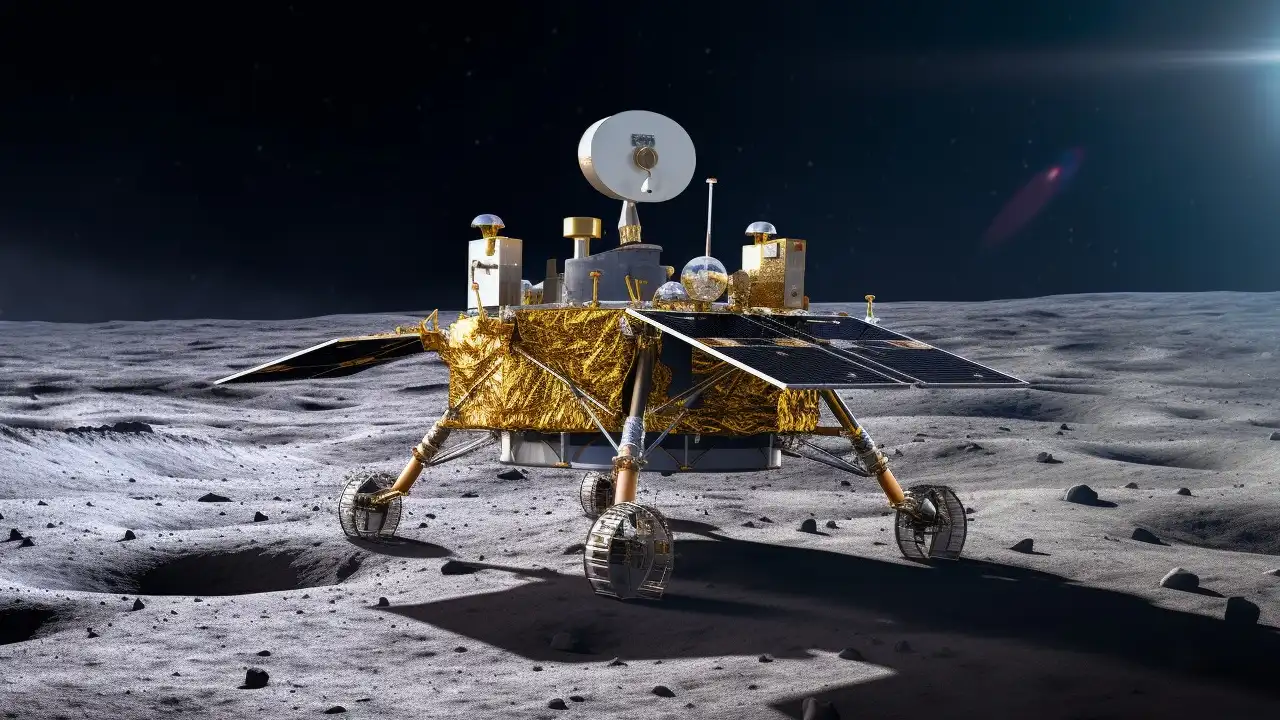Chinese scientist Ouyang Jiyuan, hailed as the “father of China’s lunar exploration programme”, has denied that the landing site of India’s lunar mission was actually the satellite’s south pole, a claim made by the Indian Space Agency last month.
“The landing site of Chandrayaan-3 – India’s lunar mission – is not near the South Pole of the Moon or the polar region of the South Pole of the Moon or the Antarctic region,” he said in a statement. Interview with the Chinese magazine Science Times.
According to the scientist, this was one of the “big misunderstandings” in India’s mission statement, which was celebrated and recognized by NASA.
Chandrayaan-3 landed south of the Moon at 69 degrees latitude, the closest to the South Pole ever explored. The South Pole on Earth is considered between 66.5 and 90 degrees south latitude, due to the 23.5 degree tilt axis angle.
Scientist denies that India reached South Pole of Moon
The moon also has an axis of rotation, although the tilt of the axis is very low – 1.5 degrees – so the moon’s south pole is very small, he explained in an interview published in Chinese and echoed by Indian media today.
We suggest: The possibility of life on Jupiter’s moons: They discovered that the CO2 comes from the interior ocean.
So he said it would be wrong to claim that the first landing in human history took place on the south pole of the moon.
According to Cosmochemist, the Chandrayaan-3 landing site is considered part of the Southern Hemisphere, but the polar region is located “between 88.5 and 90 degrees latitude”.
More precisely, according to him, it can be said “objectively and truthfully” that Chandrayaan-3 landed in the southern hemisphere of the Moon at 69.37 degrees south latitude and 32.35 degrees east longitude.
The second fallacy highlighted by the scientist refers to the “too high” expectation of the water ice resource, the main research objective of the Indian mission.
“It’s easy for everyone to think that if we put a base on the moon, water ice can directly solve the problem. Electrolysis of water can produce oxygen and hydrogen. “With oxygen and water supply, people can live on the moon,” he explains.
At the same time, the presence of water in these craters at the South Pole is in the region of -220 degrees Celsius, which is much lower than the lowest temperature on Earth.
“A water ice mining machine would freeze and become inoperable when it landed on the Moon’s region of permanent shadow,” he argued, presenting the impossibility of using this resource.
Chandrayaan-3 landed on the moon’s south pole on August 23, and after completing its nearly 14 Earth days of exploration, it was paused due to nightfall on the moon and accompanying drop in temperature and darkness. its function.
Attempts this week by the Indian space agency ISRO to re-establish communications were unsuccessful.
With information from EFE





:quality(85)/cloudfront-us-east-1.images.arcpublishing.com/infobae/KTKFKR763RBZ5BDQZJ36S5QUHM.jpg)